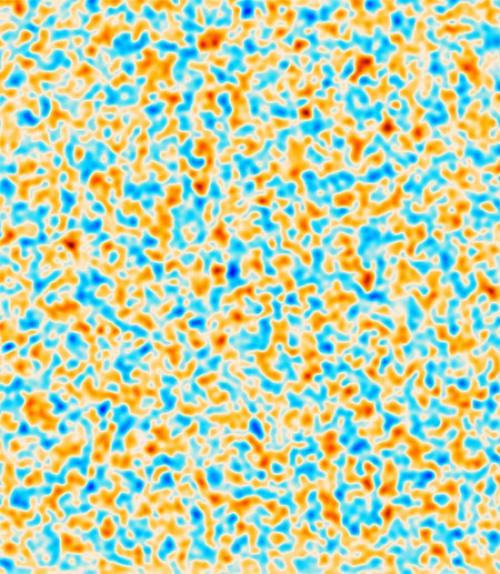
 Department Homepage
The College of Arts & Sciences
Department Homepage
The College of Arts & Sciences
New View of Nature’s Oldest Light Adds Twist to Debate Over Universe’s Age
From a mountain high in Chile’s Atacama Desert, astronomers with the National Science Foundation’s Atacama Cosmology Telescope (ACT) have taken a fresh look at the oldest light in the universe. Their new observations plus a bit of cosmic geometry suggest that the universe is 13.77 billion years old, give or take 40 million years.




